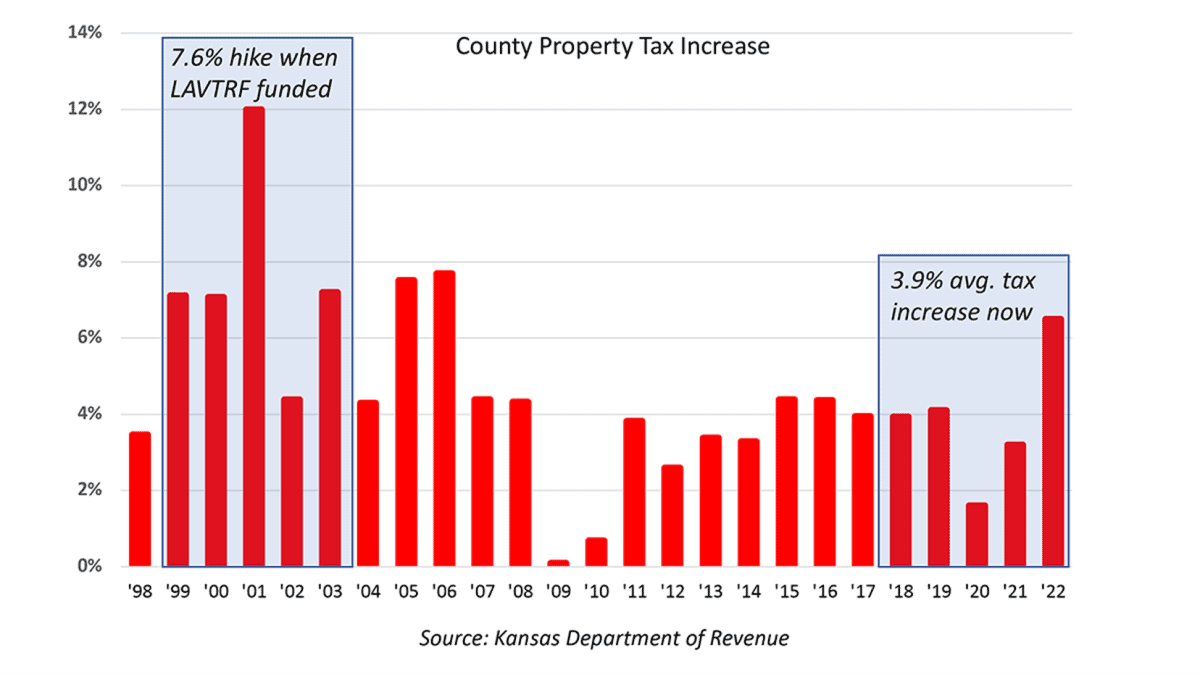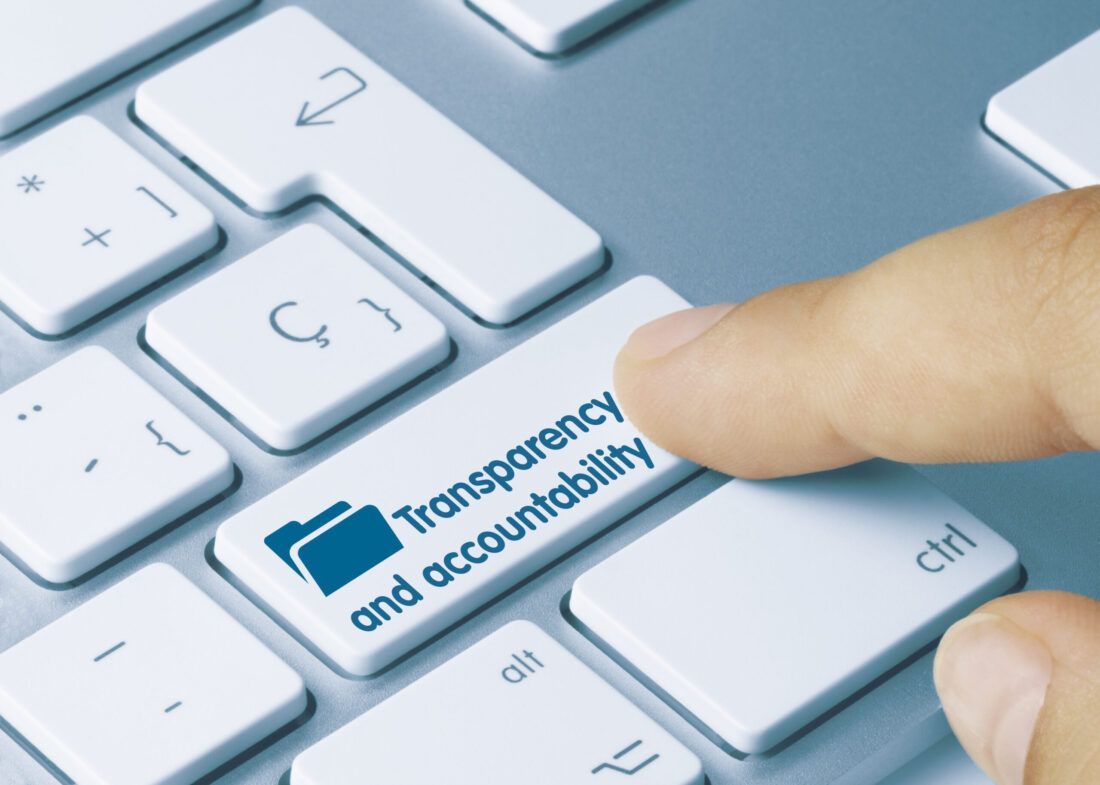Sedgwick County is floating a new “property-tax relief” proposal that — while it would theoretically lower property taxes — would simply shift the burden to sales tax and likely not reduce property taxes.
The 2025 budget, which passed on August 21, 2024, included nearly $600 million in spending and an increase in property taxes.
The county has cut the mill rate by one-third of a mill, but an increase in property values means higher taxes despite the cut.
KWCH TV reported in July that Sedgwick County Commissioner Ryan Baty suggested changing the way some departments—such as cultural arts and parks—are funded.
“We’ve actually said many times that we think that we need to shift the burden from property tax in those departments to a sales tax,” he said. “We’re gonna invite the community, all 20 cities (in Sedgwick County), into a conversation to see if collectively there’s something we can do to offset property tax dollars with a potential sales tax.”
Kansas Policy Institute economist Dr. Vance Ginn said that this is merely shifting money around, not actually reducing any taxes.

“You might look at it as raising a tax to eliminate a tax,” Ginn said. “That might be a whole different discussion, but that’s not what they’re trying to do — and in fact — they’re not trying to lower or even restrain government spending, which is the main driver of why taxes are so high. So this is just a bad idea overall unless there’s going to be some spending restraint. There’s no other way to reduce taxes or the burden of taxes on Kansans.”
In fact, Sedgwick County Manager Thomas Stolz dismissed the idea of reducing spending.
The Sentinel asked Stolz if there were opportunities for spending efficiencies that might have an impact on property taxes.
“Sure there are,” Stolz said in an email interview. “We could cut programs and positions funded by property taxes. Any cut would have direct negative impact to services to the community or state-mandated services.”
Stolz also said in such a proposal, property taxes would be offset dollar-for-dollar by sales tax revenue.
“Any generation of additional sales tax would be met with an equal reduction of property tax,” Stolz said.
Stolz didn’t explain why providing services at lower costs would lead to service cuts, but threats of that nature are often issued to avoid spending reviews.
Sales tax is less stable than property tax, and there’s no guarantee that the commission wouldn’t choose to change policy and raise property tax in addition to having a higher sales taxes.
County officials across Kansas did exactly that when they received state funding to theoretically reduce property taxes. County property taxes increased by 7.5% during the last five years of the Local Ad Valorem Tax Reduction program. It’s noteworthy that the county’s sales tax proposal does not come with a guarantee that property tax won’t decline or remain flat.

Despite total fund balances projected to be over $200 million at the end of 2024, the county is also declining to spend down reserves to keep down property taxes.
Sedgwick County Chief Financial Officer Lindsey Poe suggested spending down reserves to provide tax relief would be irresponsible.
“This is already done in many instances in the County budget, including cash-funded capital improvement projects and large technology projects,” Poe said. “Such projects are funded with ‘fund balance’ (or cash balance) so that we keep a stable tax rate and don’t have to raise and lower tax rates just for one-time spending.”
In other words, citizens must pay higher taxes so county staff doesn’t have to examine their spending habits and sit on $200 million of unspent revenue from prior years.
Poe said county policy also requires specific funding reserve levels.
“County policy requires that we maintain a minimum fund balance of 20% of budgeted expenditures in our General Fund, in line with government finance best practices – this ensures we have appropriate balance to withstand any downturns or address natural disasters without dramatic changes to service,” she said. “While we are currently at about 37% on that ratio, best practices dictate that we ensure routine recurring expenses are covered by routine recurring revenues – at the beginning of this budget cycle, we were showing a forecasted $4.9 million imbalance between those revenue and expense figures, which we’ve called a structural imbalance in our public budget discussions.”
Ginn said real tax relief can only come with spending controls.
“Something else that I think should be looked at here is spending limits,” Ginn said. “You know, there’s a lot of talk about spending limits at the state level, maybe based on population growth plus inflation. The Kansas Policy Institute’s been in favor of the Responsible Kansas Budget, which would do that.”
KPI owns the Sentinel.
Ginn said spending limits should be added to local governments as well.
“But I think that same sort of approach should apply to local governments,” Ginn said. “They should have spending limits on them to not grow more than the average taxpayer’s ability to pay for it, and then that would help to restrain property taxes and other taxes so you don’t have to raise a tax in order to try to lower another tax. Colorado has done something like that with their Taxpayer Bill of Rights that covers state and local spending. Those are types of things that Kansas should be looking at as well.”



